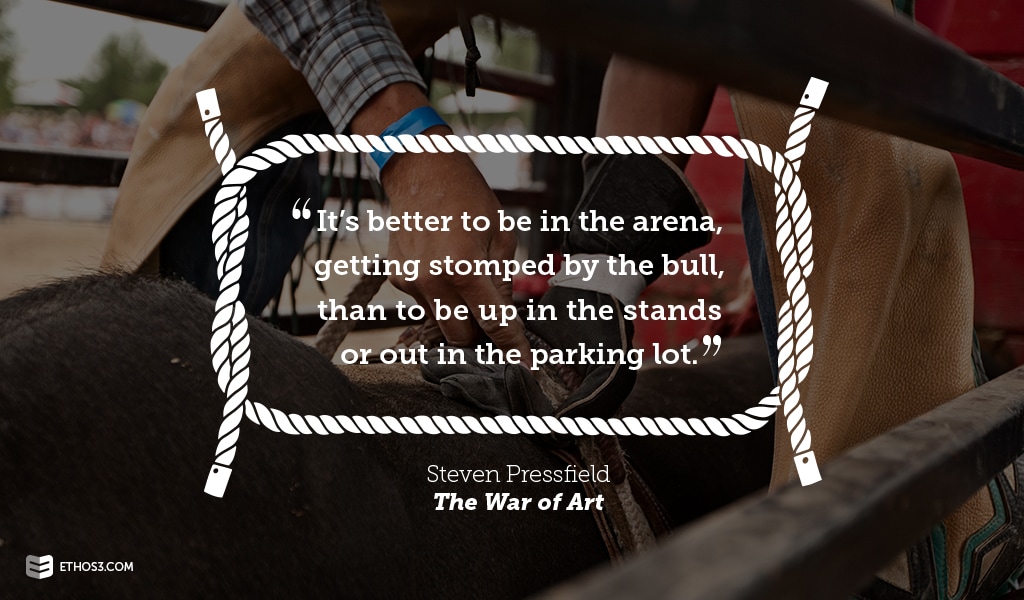We all know we need to practice a presentation before we step on stage. But most of us likely battle that brutal beast, Procrastination. According to Joseph Ferrari, PhD, a psychology professor at DePaul University, 20% of people in the United States are persistent procrastinators. Making a commitment to presentation practice requires a conscious battle – whether your resistance stems from presentation anxiety or fear, or from another emotional or behavioral aspect. While it may be tempting to get lost in the Buzzfeed black hole or to clean your car 4 times in a day, delaying the inevitable will only result in poor conveyance of your message, which would do all parties a great disservice. To master the art of committing to presentation practice, try the 3 tips outlined below:
1. Write it down
Oftentimes, merely saying your plans for practicing your message delivery in a passive manner won’t be effective in motivating you to finish the action. Researchers have found that establishing a specific plan – the exact time and date, as well as an explanation or description of the activity – will increase the likelihood 2X to 3X of you completing the task. Set a practice session in stone by writing down the details in a calendar – whether tangible or digital.
2. Start short
In a recent article posted by entrepreneur, James Clear, he discussed the success he has achieved on eliminating moments of procrastination by implementing the “2-minute rule.” For presentation procrastination purposes, utilizing the “2-minute rule” would entail completing a smaller task that will take only 120 seconds. You want to prepare for your presentation and become a better presenter? Open up the deck and practice one section of the talk. Too daunting? Try beginning by focusing on one piece of the presentation. For example, practice your vocal tone by reading the first paragraph of the Gettysburg Address a few times.
3. Embrace fear
To Steven Pressfield, author of The War of Art, a presenter that fears an upcoming presentation performance shouldn’t cower from the challenge. Instead, acknowledge that you wouldn’t be fearful of something you cared nothing about; therefore, your message means something significant to you. If you are resisting presentation practice due to overwhelming fear of failure, or even success, take Steven’s advice and press on.

From the beginning of the production process, think of your presentation as your work of art; your Sistine Chapel; your Starry Night; your Mona Lisa. Believe in your idea, concept, company, or product. First, commit to paper. Then, commit to 2-minutes. And finally, commit to fear. Grab the reigns of fear and drive it forward to the land of success.

For more information, tips, and tricks on how to prepare and practice for your presentations, look into the following resources:
The Complete Guide to Practicing Before a Presentation
The real reasons you procrastinate – and how to stop
3 Ways to Mentally Prepare for a Presentation
